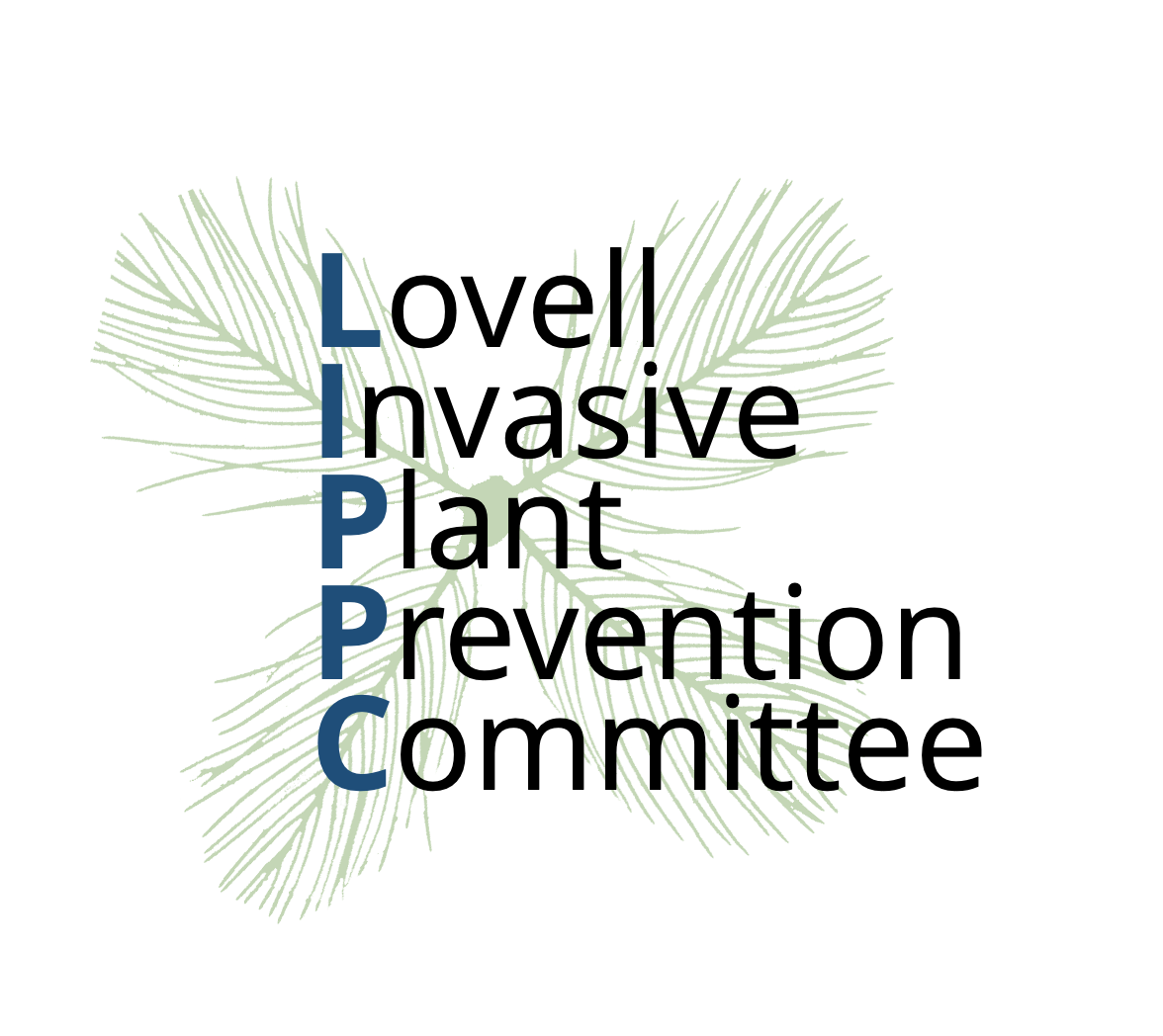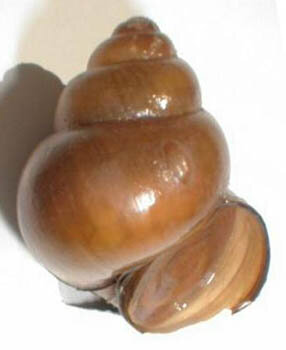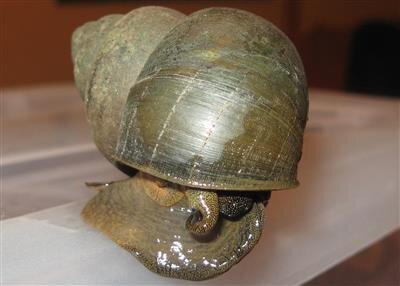Help us steward the lake, boats and beaches for a new invader
Chinese Mystery Snails have been found in the Lower Bay on Kezar.
Aquatic snails are an important component in the ecology of a lake, as are aquatic plants. And like aquatic plants there are good snails and bad snails. The good are food for fish, diving ducks, and water fowl, and they are filter feeders that scour the bottom for algae and detritus. The bad is a few species that create dense colonies spread over a large area that foul the shallows and beaches. There are many native aquatic snails and one very bad invasive: the Chinese Mystery Snail. One was found in the Lower Bay in 2016 but no more were located. Another was found in the Lower Bay in 2020 at a different location, but a preliminary search found no more. LIPPC stewards will be on the lookout for these snails during their patrols for invasive aquatic plants.
Chinese Mystery Snail found in Kezar’s Lower Bay, June 2020
How to recognize the invasive:
The Chinese Mystery Snail (CMS) is large—over 1 1/2 inches long, about golf ball size.
Shell color varies from olive green to brown to reddish brown.
The adult shell has 6-7 whorls and no banding with very fine growth rings.
Inner coloration is white to pale blue.
They have a concentrically marked trapdoor which can seal the snail inside its shell for protection and allow it to survive out of the water.
The outer lip is round to oval and black.
Chinese Mystery Snails are found in the quieter areas of lakes, selecting soft, muddy or sandy bottoms and are frequently attached to rocks. They are also intermediate hosts for parasitic worms and nematodes that kill fish, waterfowl, and can infect humans. They prey on fish embryos and outcompete native snails for food—all of which can impact native aquatic food webs. And they smell when they die.
In our region, they are likely being transmitted by bait buckets and in boat water storage tanks and bilges. They hatch broods of 100 or more and form dense populations and are difficult to eradicate.



